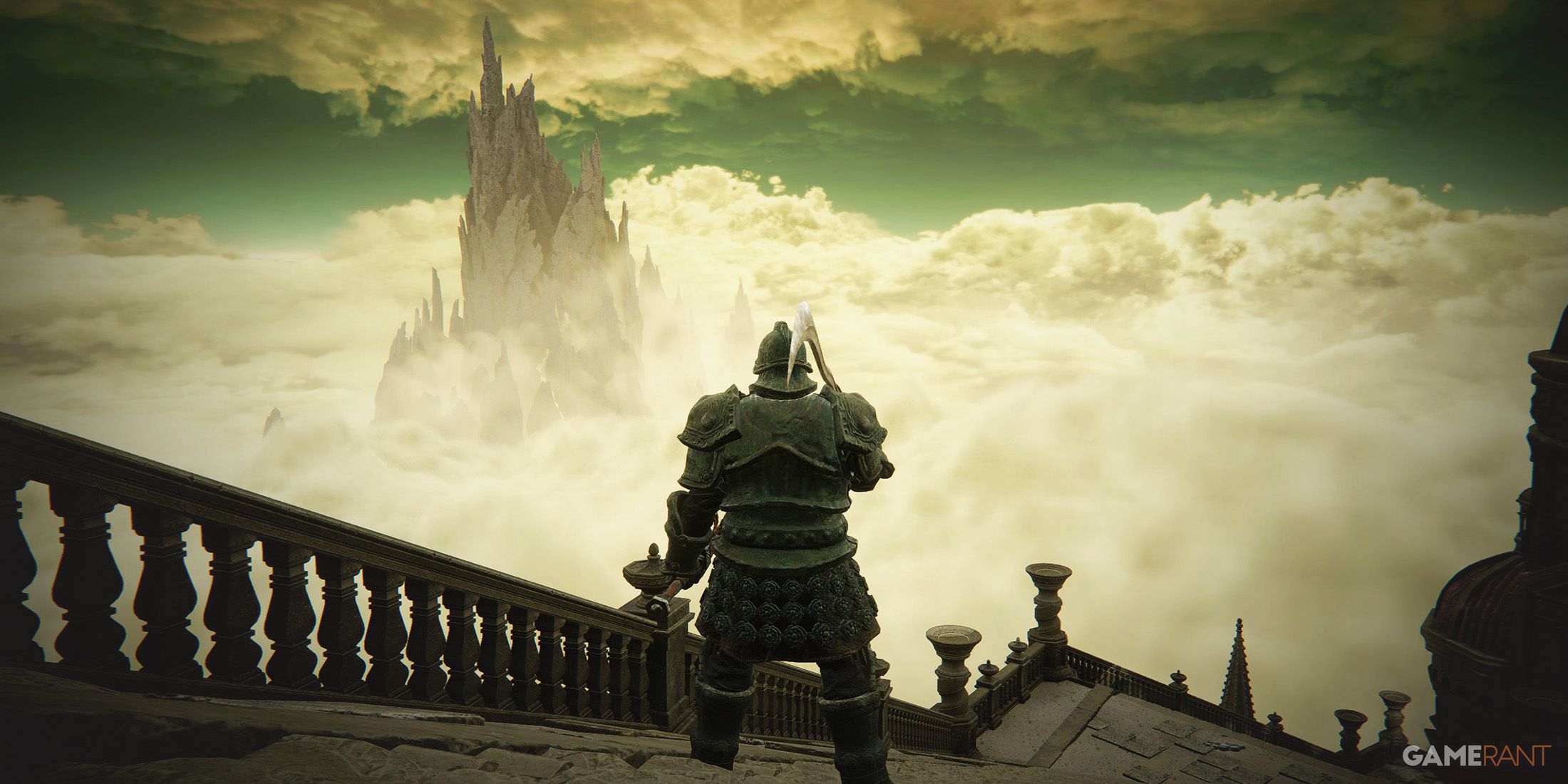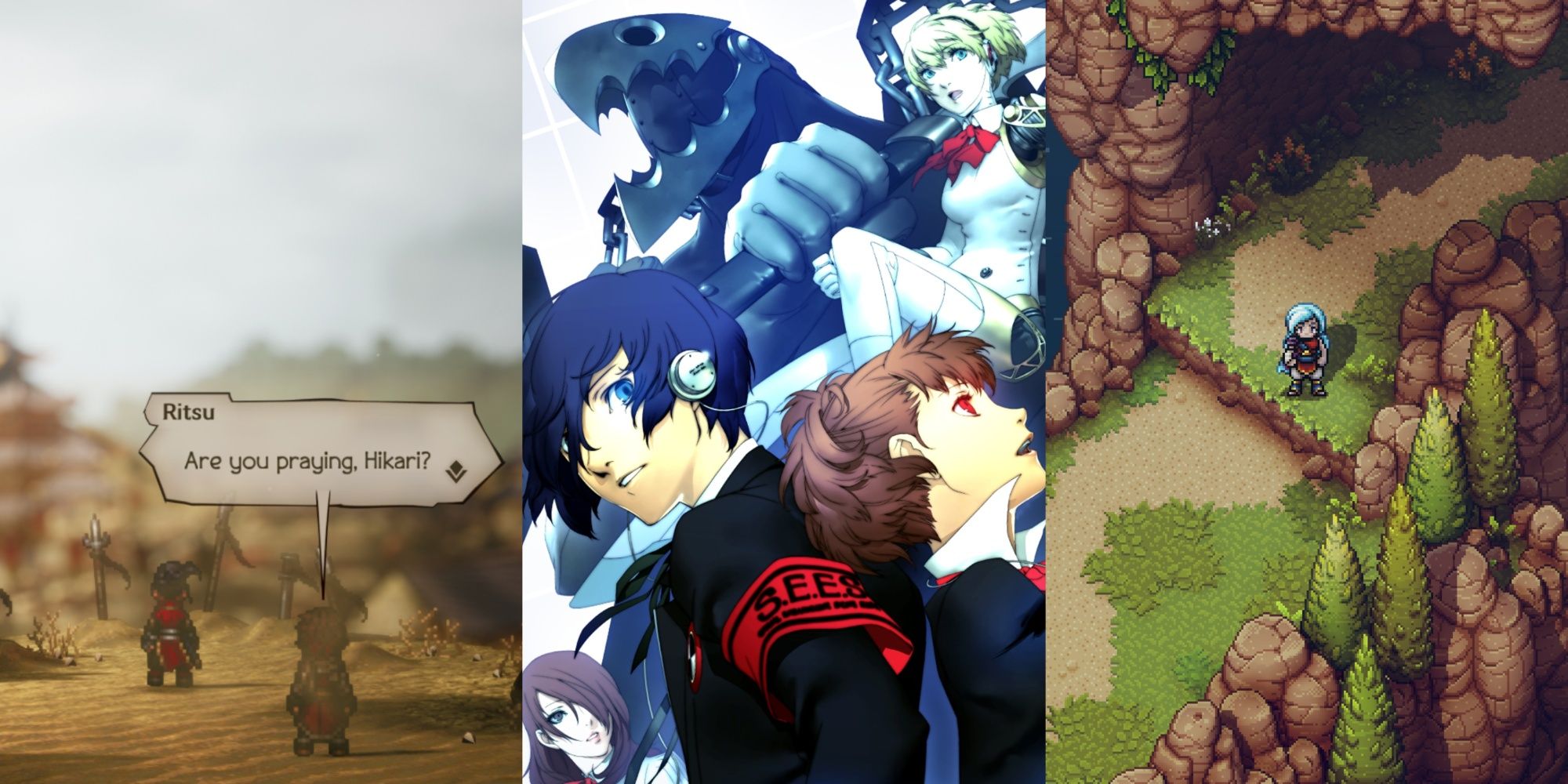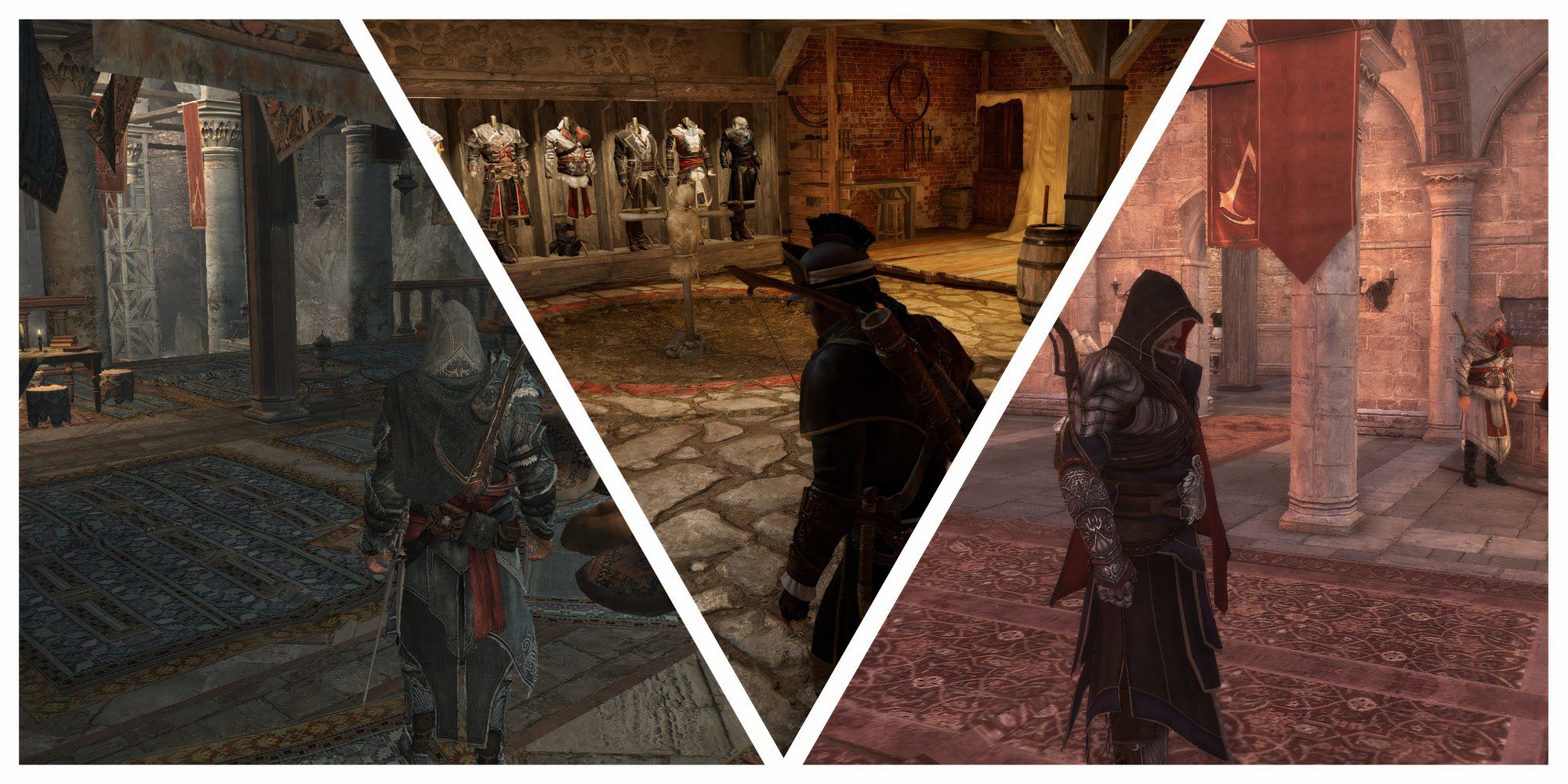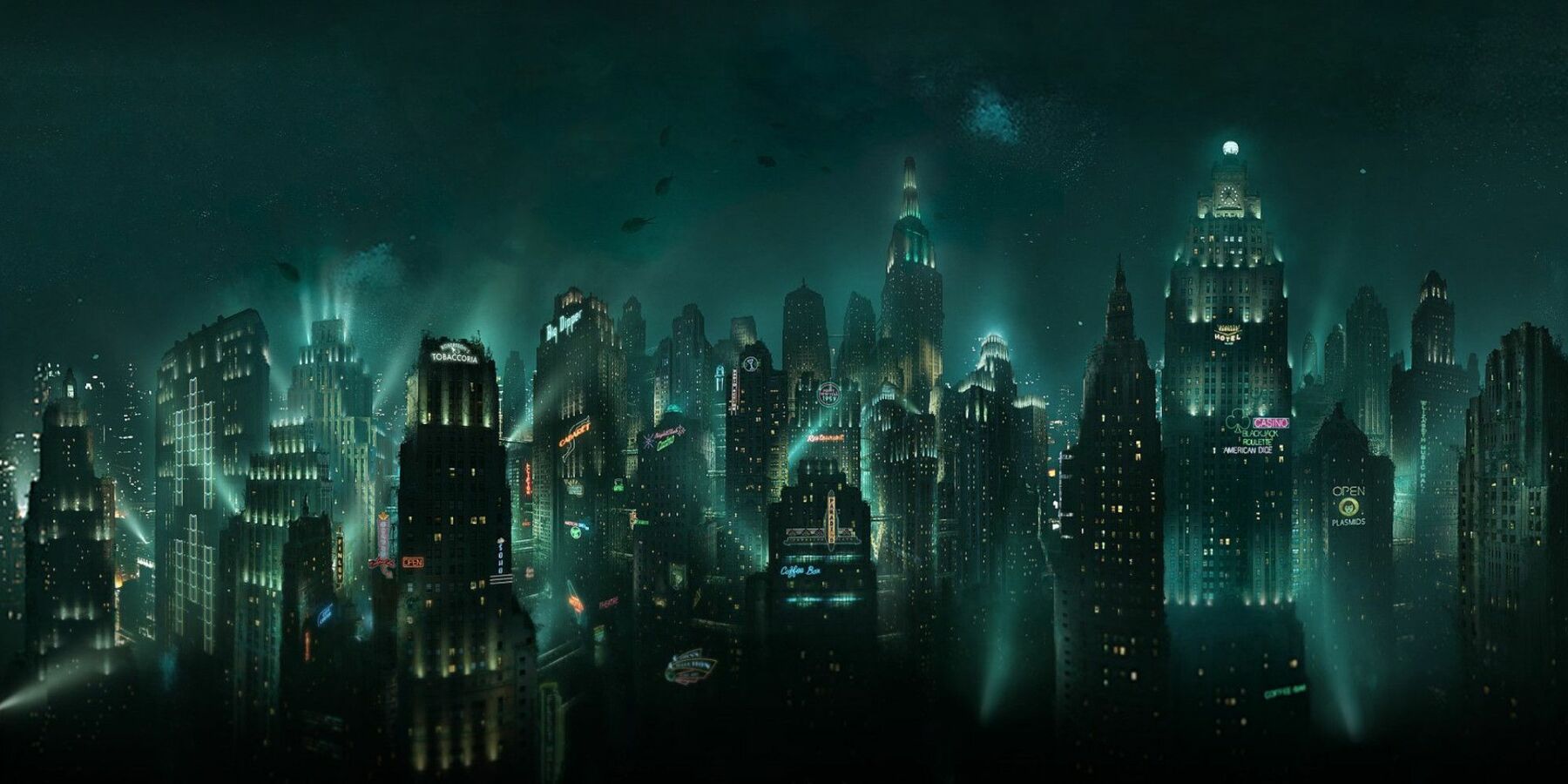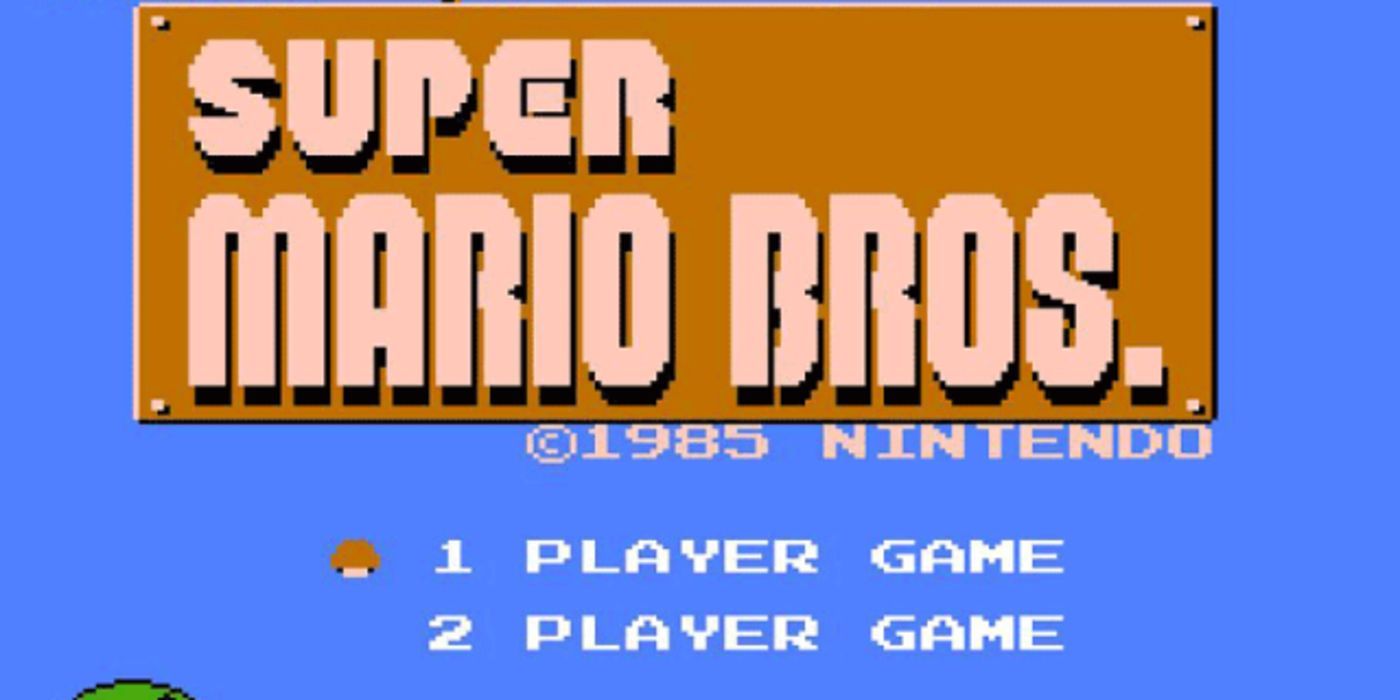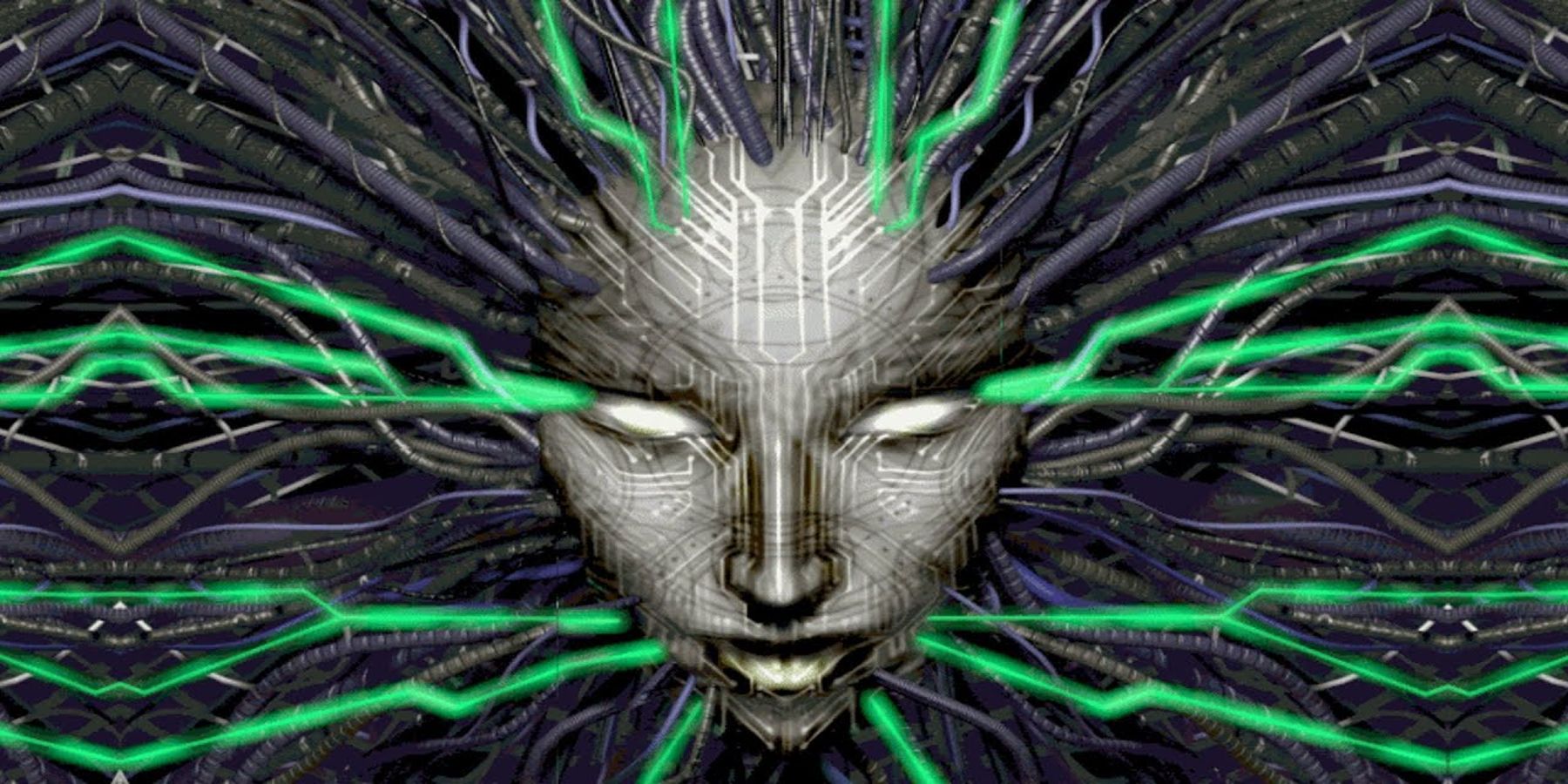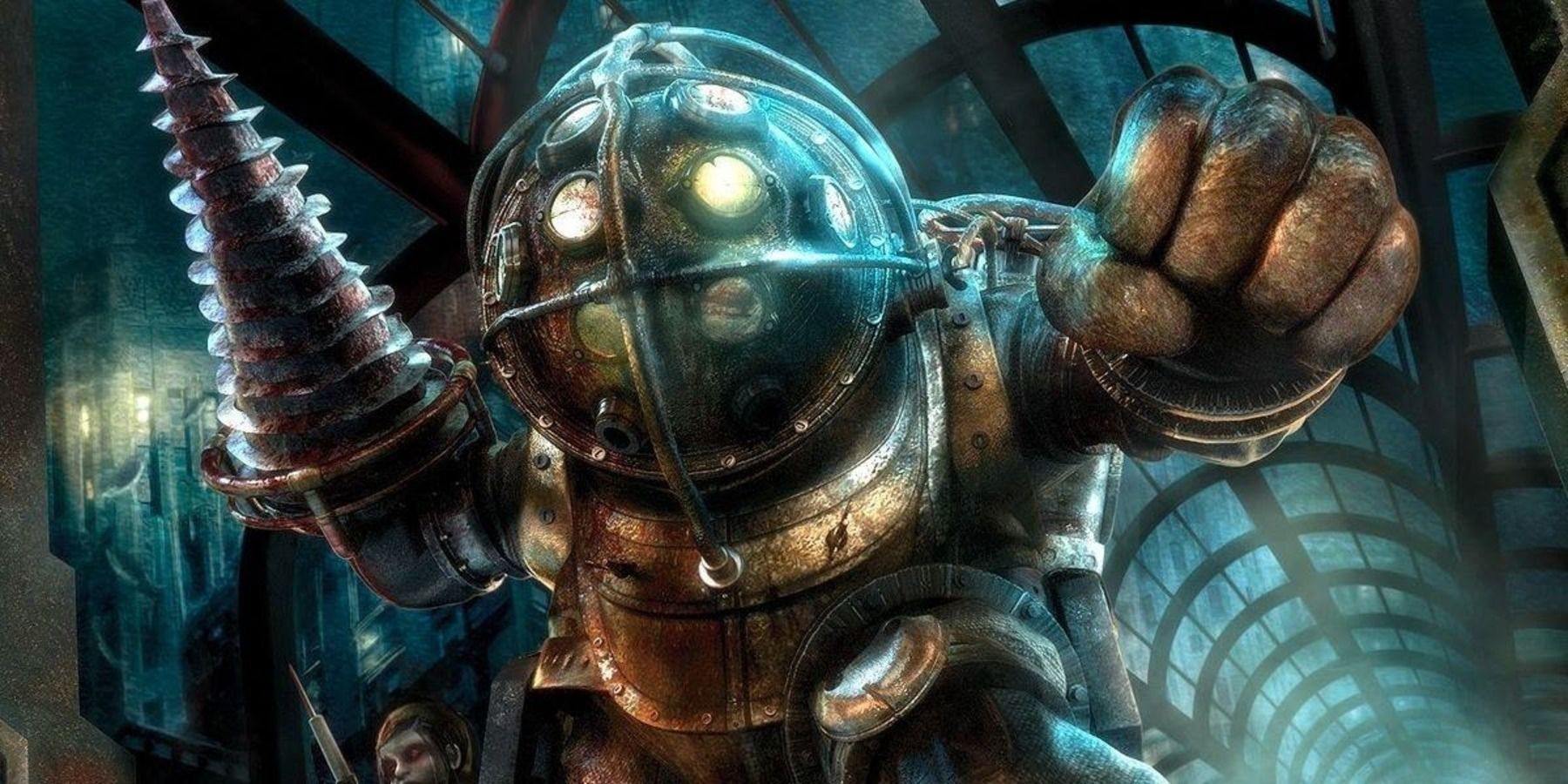In 2007, 2K Games stunned players with its monumental release, BioShock, and its immersive atmosphere, enthralling story, and gripping gameplay. Blowing away audiences that were waiting to crucify the so-called "revolutionary" project, BioShock is often-cited as a representation of video games seriously being considered as an artistic medium.
Since the early 1980s, the characterization of video games as a form of art has been a controversial debate. Notable figures of established media acknowledge the presence of artistic elements such as story, graphic art, and music may be present in a game, yet refuse to go as far as saying that video games are a form of artwork. While video games have since been legally protected as creative works by the Supreme Court of the United States as of 2011, various critics in this debate continue to bring the legitimacy of video games as art into question.
The Concept of Video Games as an Art Form: A History
The first question of games as works of art can be traced back to 1982, when courts in the United States examined whether video games should be guaranteed protection for free speech under the First Amendment. The fear of video games prompting a potential for violence and the addictive nature of video games, a debate that has persisted to the present day, led to these court cases. The majority of these cases in the early days of video games declined to grant protection under the First Amendment, with comparisons to them being no more expressive than pinball and board or card games.
Despite this, the mid-1980s saw artists able to be more intricate in art development, with 2D characters and more shape being included. The rise of side-scrollers, such as the ever-popular Super Mario Bros. and the beat 'em up Street Fighter, displayed these new innovations as game developers moved on from the limitations of early arcade games. The development of game music also saw much evolution throughout the 80s, with increased numbers of chiptune tones, better sound ability from home console systems, as well as increased quality of music composition for the medium among other advances. Moreover, the late 1980s saw first and second generation games featured in art museum displays, with interactive art and video games beginning to blend.
Increased Recognition and Protection: The 90s to Mid-2000s
This evolution of video games continued with greater diversification across various fronts. The increased budgets for games, coupled with the implementation of 3D graphics in 1994, allowed creators much more artistic expression to bring their visions to fruition. The advancement of hardware and technology during the nineties and 2000s also saw higher capabilities of sound generation and the shift towards streaming audio from sampled and sequenced music, allowing composers to independently produce music for games. These developments in music enhanced gameplay, impacted game performance, and gave rise to some of the most memorable tracks and sound effects in gaming, sticking with fans well after the completion of titles.
By the nineties and mid-2000s various creators also started to weave philosophical topics into their games, such as the philosophy in System Shock. At the same time, multiple philosophical essays began to examine video games against traditional questions concerning the arts. Most philosophers argued that many modern video games can be considered a form of art, with particular emphasis on the definition of art itself lending credibility to this conclusion. This led to video games being an established topic in the philosophy of the arts with the current debate now focusing on what kind of art video games actually are.
The nineties and 2000s saw much legal debate over various aspects of games as well. The release of Mortal Kombat in 1994 saw the creation of the Entertainment Software Association (ESA) and the creation of the Entertainment Software Ratings Board (ESRB) in order to prevent regulation over creativity and protect minors. Legal decisions in the early 2000s saw video games start being identified as expressive works that could be protected by the First Amendment, yet these decisions were not nationwide standards.
BioShock's Untraditional Approach
By the time 2007 arrived, video games were in the midst of being considered mainstream. Many gaming budgets compared to those of Hollywood blockbuster pictures, and 2007 saw the continued success of AAA titles such as Assassin's Creed, Mass Effect, and Call of Duty 4: Modern Warfare, among others. The Irrational Games and 2K Marin groundbreaking BioShock, however, stood out among its company for redefining the narrative video game and being a key work of art.
BioShock is considered one of the initial first-person-shooter games where the story is just as important as the visuals. This is easily seen in the rich and thought-provoking plot that finds the main character crashing into what was once the underwater laissez-faire utopia of Rapture. However, by the time Jack arrives, Rapture has already turned into a barbarous and crumbling Art Deco hellscape filled with depraved Splicers, towering Big Daddies, and other forces that have met their bio-augmented demise to the addictive resource ADAM. Following the advice of the mysterious figure, Atlas, Jack is immediately thrust into the middle of this dystopian nightmare and must take any measure he can to survive.
ADAM is necessary for the game to progress and for Jack to stand a chance against formidable foes, yet the only way to obtain this resource is from the bodies of waif-like Little Sisters. After defeating the Big Daddies that protect them, the player is met with the choice to harvest or rescue the now-cowering Little Sisters. It seems like a simple choice, yet the decision to spare or murder a whimpering and seemingly innocent child makes it a highly visceral moment. This is just one of the emotionally charged moments interwoven throughout the game's story, adding a deeper impact on the player, and assisting BioShock to stand out for bold artistic statements. The emotional, philosophical, and political aspects of the game's atmosphere and story allow it to resonate much deeper for audiences than the majority of BioShock's counterparts did.
BioShock had a novel approach to the cinematic aspects of the game, too. A solid chunk of BioShock's story and background is learned through audio diaries scattered around Rapture, filling in the player on exactly how and why the characters and atmosphere of the once beautiful city fell into such disarray and madness. The developers also chose to forgo the traditional blend of cutscenes and gameplay by limiting the game to include four "traditional" cutscenes while the rest of the cinematic experience occurred in the action, such as the memorable opening to the Dr. Steinman boss fight.
The sound design of BioShock added to this emotional connection for players by going against the formula of its contemporaries; getting rid of a commonly used algorithm that dictates sound and music selection during the events of triple-A games. Instead, the sound design team of BioShock opted to deliberately place each piece of audio to correlate with the tone of certain key events. This was done by using the instrumental score of the game and even licensing music of the time period into the game itself in order to transform Rapture into a living entity.
BioShock continues to be beloved and heralded for its ability to provoke the same emotional, intellectual, and moral responses as any other established media. The brilliant and captivating tale that BioShock spun invoked much inspiration for many titles since its release, yet none have quite captured its feel, adding to its impression of being a once-in-a-lifetime experience. This, among everything else about the game, continues to have critics and fans alike clamoring that BioShock proves that video games can, indeed, be art.
Bioshock is available on PC, PS3, PS4, Switch, Xbox 360, and Xbox One.

